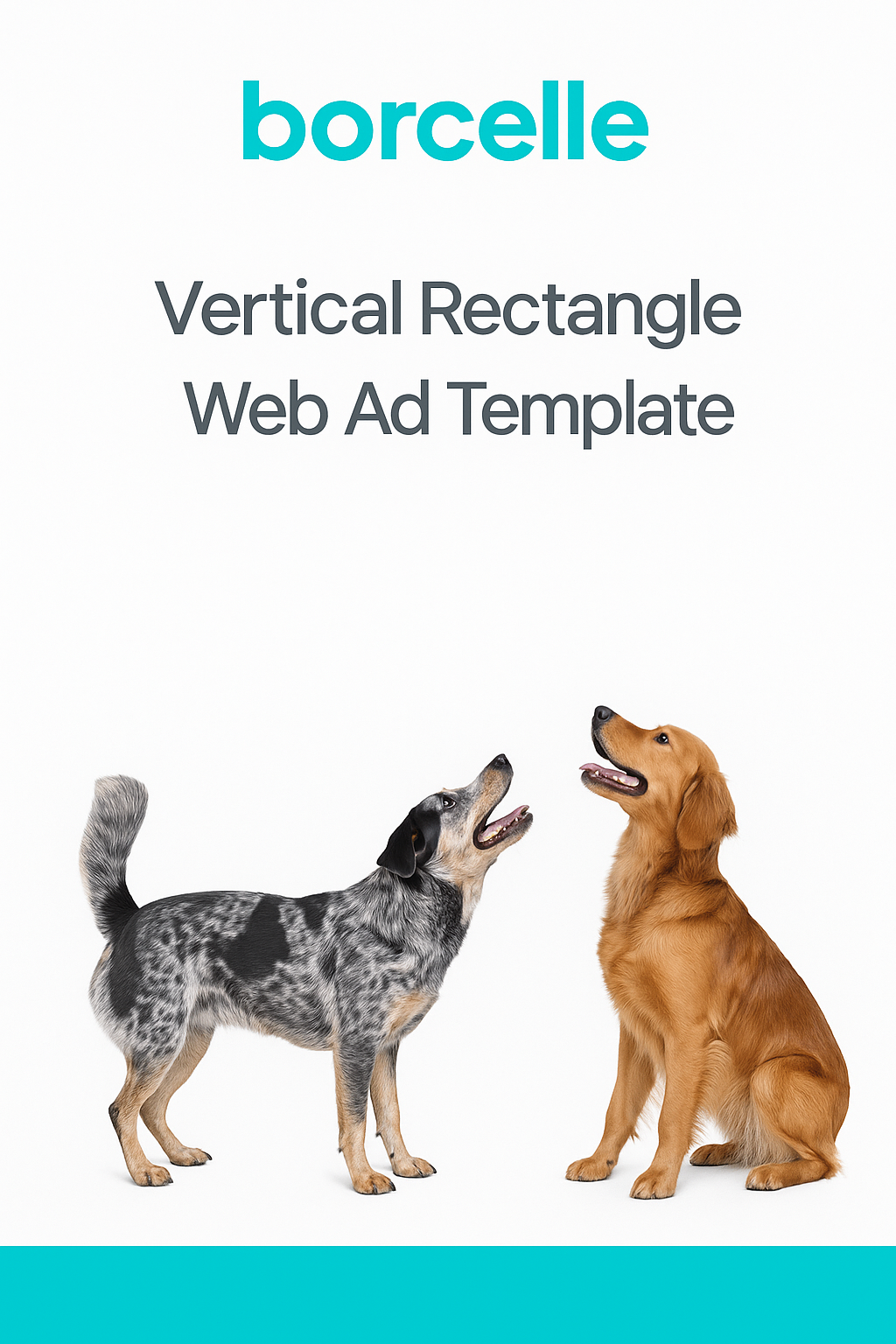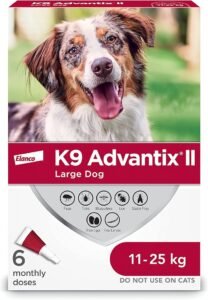Have you ever wondered why some fur parents use dog training aids and how effective they actually are? Are you thinking of getting a training aid for you and your dog?
Dog training aids are not just used to train show dogs. Most aids are intended to encourage positive behaviour and discourage bad habits like chewing furniture.
Most of all, they are used by everyday people to create a better relationship with their dog.
In this guide, you’ll learn about how training aids improve your dog’s training, behaviour, and overall health. The right training aids can help are essential for responsible pet ownership.
How Training Aids Help Your Dog
Getting a training aid for your canine is one of the best quality-of-life improvements for both of you. Here are some of the benefits that training aids can bring.
Better and More Effective Communication
Training aids like clickers can help you communicate clearly and effectively with your dog.
Using clickers in combination with treats, the correct training and clear commands can help dogs associate it with a behaviour. If done properly, they’ll do an action every time you click.
If trained consistently, your dog will be able to do things as simple as sitting and staying put to more complicated tasks like fetching mail from the front porch with the click of a button.
Faster and More Effective Training
As their name suggests, training aids are designed to help you instruct your dog, making the training process faster.
For example, if you are training your dog to play fetch and they have difficulty hearing you call them, a dog whistle can help.
Combined with treats and consistent dog whistle blows, using this training aid can get them to listen to your commands a lot faster.
Higher Adaptability to New Training
Using training aids for current tricks or tasks can help your dog learn much faster. However, they can make all future training a lot quicker and easier, too.
For example, say you have recently bought a new piece of furniture and your dog urinates on it to mark its territory.
Anti-urine spray can be used to prevent your dog from damaging a new sofa or chair. It will quickly help them get accustomed to the unfamiliar object and prevent repeat marking incidents.
Improves Focus and Mental Abilities
Training aids can also help improve your dog’s focus. Any dog owner will know how much of a struggle it is when trying to teach them a new trick while they are distracted.
Clickers and training collars can help them maintain focus on you and your training. It provides a tactile and direct stimulus that keeps their eyes and ears on you.
Additionally, using treat dispensers can help expend a dog’s energy in a healthy way and give them something to do other than destroy your household items.
Instead of them chewing on your furniture, shoes, or curtains, giving them a chew toy with built-in treat dispensers can give them positive reinforcement, teaching them that playing with toys is better.
Happier Dogs
Using training aids properly can improve your dog’s mood. Giving dogs a purpose and task to do that they can finish and complete every day will make them happier.
Think of it this way – if you feel happy and accomplished after a productive day at work and exercise routine, your dog feels the same way after a day of effective training.
Using training aids will also make teaching your dog new behaviours less frustrating. When you have a more productive training session, it leads to a happier time with your dog!
Types of Dog Training Aids
After learning about the benefits that dog training aids bring, this section will discuss the common training aids you can get. Here are a few of the more popular options.
Clickers
Clickers are simply small mechanical noise makers that dogs can clearly hear. The sound is usually paired with a moment or action to signify to the dog that the two should be connected.
For example, if you want to train your dog to roll over at your command, mark each time they do it effectively with a click. This signifies to them that they should roll when they hear the click.
If done with other things like giving treats and clear voice commands, you will reach a point where all you need to do is use the clicker and your dog will do the trick.
Dog Whistle
A dog whistle is a fantastic way to call your dog’s attention, especially outdoors. While it uses a similar method to clickers to train dogs, its applications are different.
First, clickers are quieter and are meant for indoor use. Dog whistles are louder and more deliberate – they call attention in a more urgent way.
A great example of using a dog whistle is training your dog to come back after fetching something. Combining the whistle with treats will encourage them to run back to you each time.
Treat Dispensers
Treat dispensers are essentially dog toys with the added functionality of dispensing treats if played with properly. This is usually done through an internal mechanism.
You can use this by first showing your dog that treats fall out if they bite or squeeze the toy. After a bit of prodding, they will play with it and eat the treats as they come out.
This is a perfect tool for training your dog to play with their toys and not with items in your house. If your dog loves chewing on shoes, furniture, or curtains, this is definitely a great pick.
Training Collars
Training collars or e-collars have metal contacts that deliver a very small current to your dog. This is a signal or indicator for them to avoid doing certain behaviours.
It works alongside training by allowing you to dispense a small shock when your dog needs a stronger stimulus than verbal commands.
The current is applied very briefly – more to signal something more urgent to them rather than to punish.
A good example of how this can be applied is training them to stay away from parts of the house like a children’s room or the kitchen.
NOTE: E-collars are most effective if you are a very experienced dog owner or have hired a professional trainer to supervise their usage.











